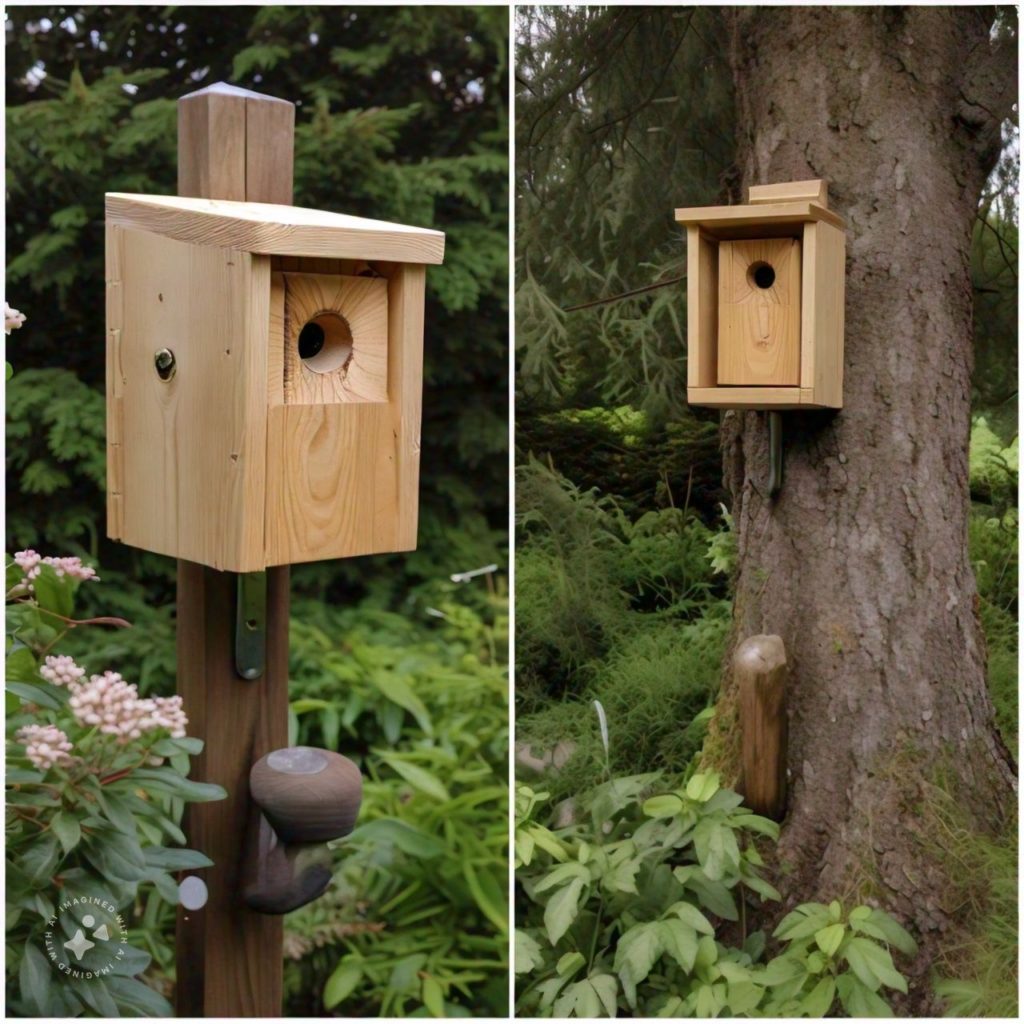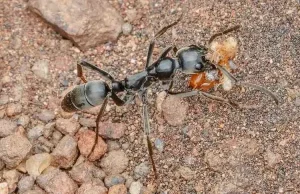What are their occupancy success rates and why?
Introduction
As we wrote about in an earlier blog post, the ever-evolving quest for eco-friendly pest control solutions has led to an increased use of owl boxes as a powerful tool for rodent management. Owls are formidable predators, particularly skilled at hunting rodents. By installing owl boxes, property owners can attract these nocturnal hunters and harness their predatory instincts to keep rodent populations in check. But, are owl boxes successful?
Understanding owl boxes
Owl boxes are specially designed nesting sites that encourage owls to take up residence. These boxes provide a safe and suitable environment for owls to breed and raise their young. When strategically placed, owl boxes can significantly increase the local owl population.
Success rates: what the research says
The success rate of owl boxes being inhabited by owls varies depending on several factors: location, box design, and maintenance. A study in South Africa showed a 75% occupancy rate within two years of installing 300 owl boxes across vineyards.
Best practices for installation owl boxes
To maximise the success rate of owl boxes, it is essential to follow best practices:
- Strategic placement: position owl boxes in areas with high rodent activity and suitable hunting grounds for owls. This means a location that is elevated (tall tree/ pole/ top of the wall on the side of a house).
- Box design: use a design that suits the target owl species. Barn owls, for example, prefer larger boxes with a spacious interior. The entrance hole should be appropriately sized to allow owls to enter, while keeping predators of owls out. The box should also be constructed from durable, weather-resistant materials and should have good ventilation and drainage to keep the interior dry and comfortable.
- Regular maintenance: conduct occasional inspections to ensure that the box has not been inhabited by any other animal and that the box has any necessary material that would attract an owl to nest there (it is recommended that wood shavings or straw is attractive).
- Patience and persistence: it might take a bit of time for owls to discover and occupy the box, so don’t expect a new tenant overnight.
Conclusion
Owl boxes offer a promising solution for eco-friendly rodent management, but they need to be constructed, installed and maintained appropriately. By leveraging the natural predatory instincts of owls, property owners can achieve effective pest control without relying on harmful pesticides. Embrace this sustainable solution for a healthier, more-balanced and pest-controlled ecosystem.





